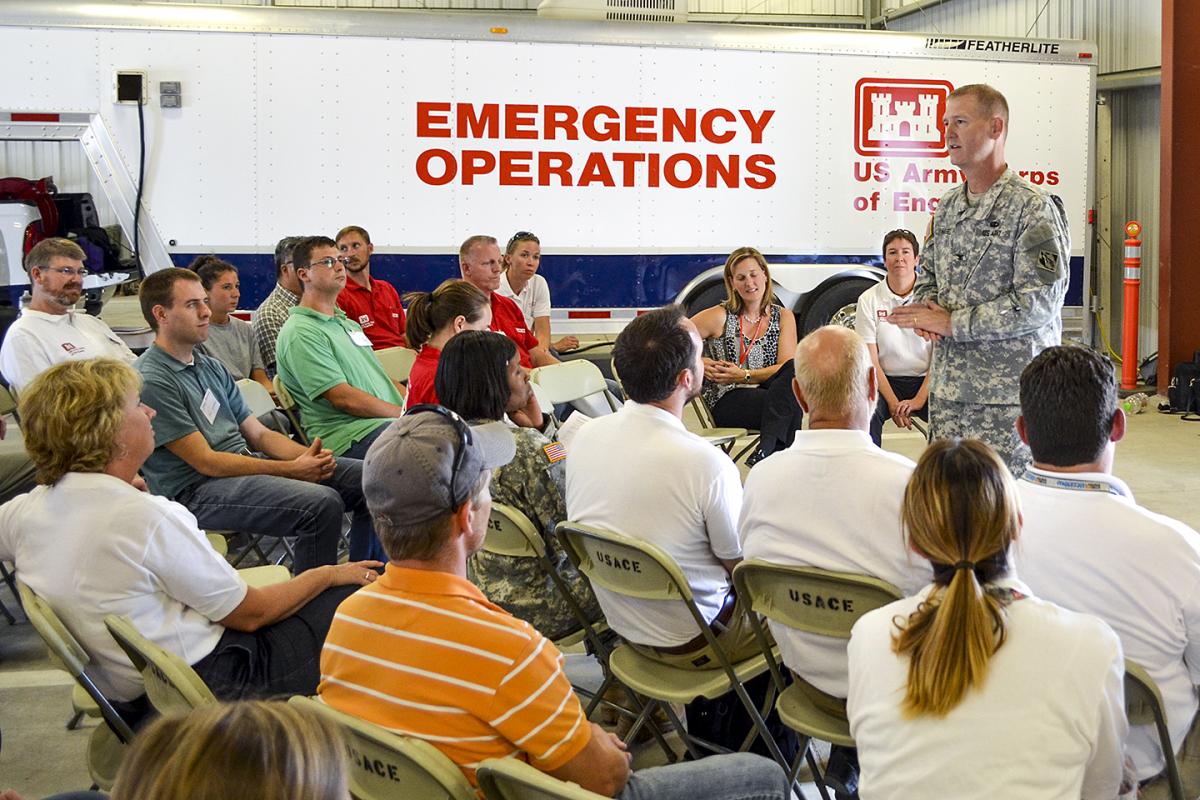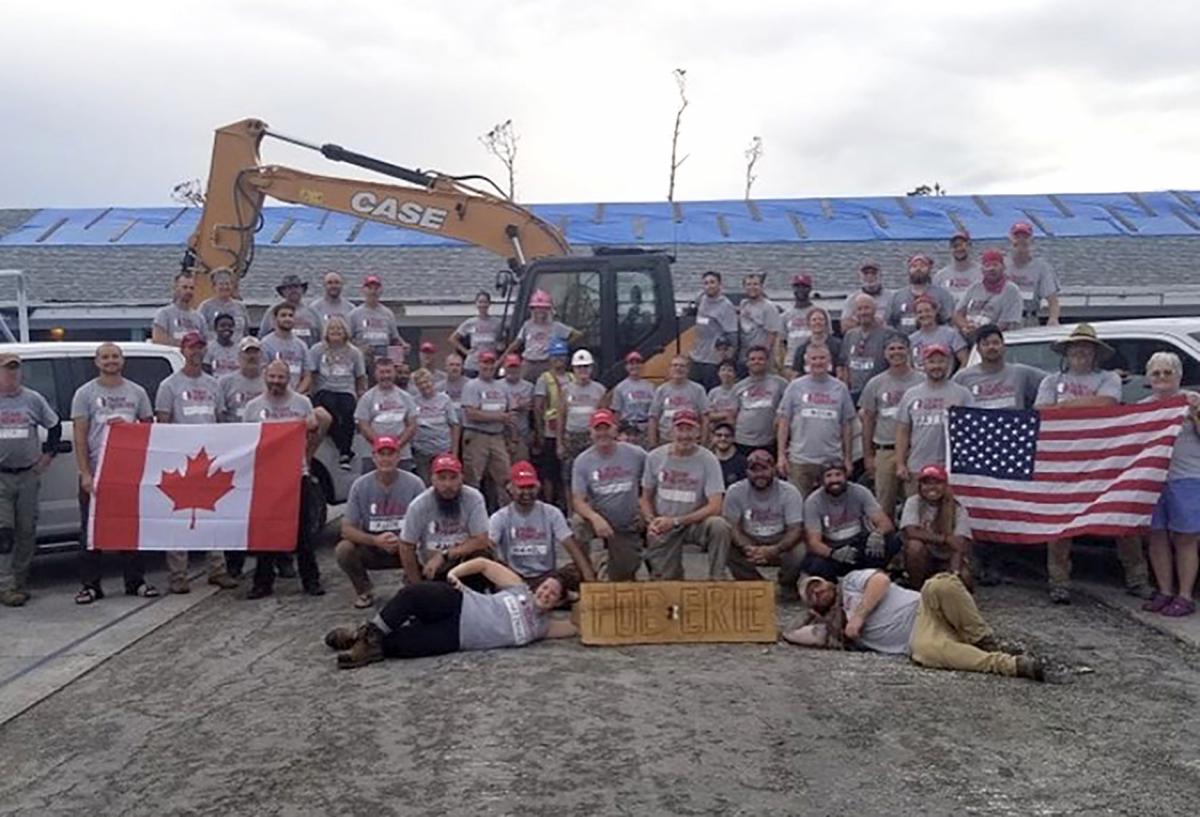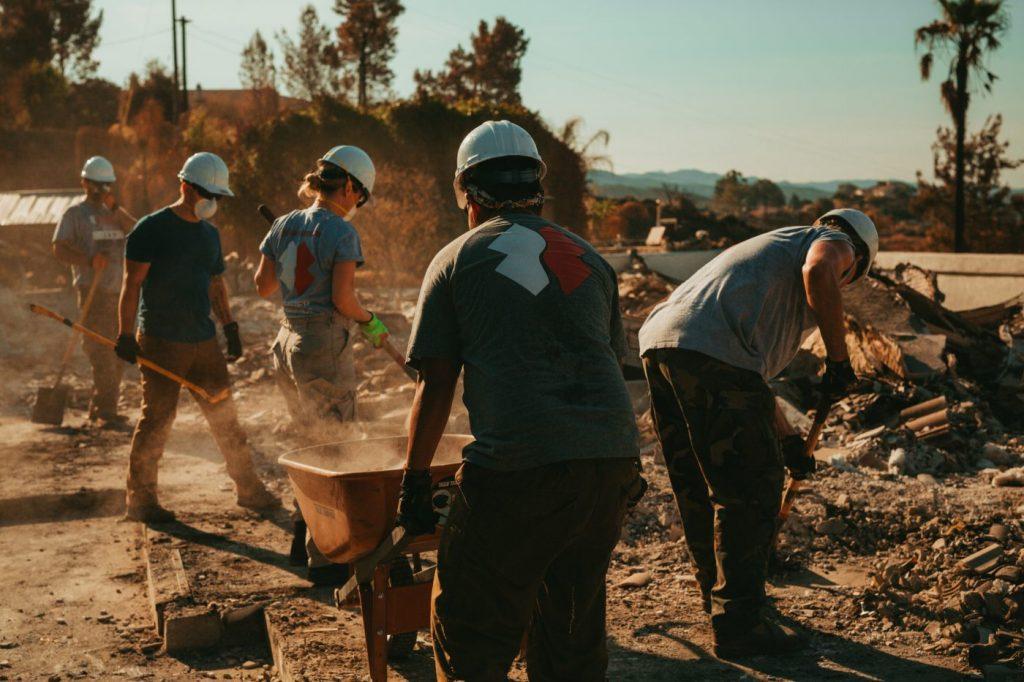Community preparedness helps mitigate the worst disasters
Jason Roberts is a Vacaville city council member and an emergency preparedness coordinator for Yolo County. He can be reached at jason.roberts@cityofvacaville.com.
Disasters and other emergencies can be the single most costly event a jurisdiction encounters. Aside from immediate damage to life and property, recovery costs can go on for years. Yet years of back-to-back, “unprecedented” disasters show that many jurisdictions are woefully unprepared for these events.
Even in well-funded cities, large-scale emergencies can quickly overwhelm city staff, public safety personnel, and local resources. This lack of preparedness can cost thousands of lives and billions of dollars. These crises will only grow worse and more frequent. It’s not a question of if, but when, for many communities.
The best way to mitigate these impacts is to put time and effort into community preparedness.
What is whole community preparedness?
Whole community preparedness is simply building capacity within the community to prepare for, respond to, and recover from an emergency or disaster. Preparedness is a shared responsibility that depends on trust between the government, the private sector, and the community. Easy, right?
We all know this is often not the case. The Federal Emergency Management Agency drove home how important this is in a 2021 update to its planning guide. Its first recommendation is to “engage the whole community through a planning process that represents the actual population in the community and involves community leaders and the private sector.”
Whole community preparedness means just that. It means engaging school districts and boards, faith-based organizations, nonprofits, businesses, chambers of commerce, homeowner associations, neighborhood associations, community organizations healthcare facilities, veterinarians, community leaders, and community-led response teams. Anyone that could be impacted by a disaster should be consulted.
Government leaders — no matter how much we may disagree — do not know everything about their jurisdictions. These groups can provide better insight into what a response should look like and what additional capabilities they can offer or roles they can fill. Build the Rolodex and team before the disaster, not during. Trying to organize help and resources while your city is on fire or underwater will require time and money that your residents cannot afford.
What can churches, nonprofits, and people do that cities can’t?
There has long been a stigma over utilizing volunteers or nonprofits. But with the number of disasters increasing, there are many organizations with more experience in a variety of disasters than your average city. Moreover, most jurisdictions are short-staffed and under-resourced. Cities that try to do it all on their own will likely make a bad situation worse as staff become overwhelmed and response resources become stretched.
So, what can these organizations do? Almost anything you can imagine. Churches, schools, businesses, and community centers can be evacuation centers. Businesses can help manage donations or even donate to fill resource needs and gaps. Nonprofits can do direct response, fill emergency operations center gaps, manage volunteers, staff evacuation centers, rescue animals, prepare food, and much more.
This is not a fly-by-night operation. The benefits of collaboration and formally establishing memorandums of understanding with different organizations can reduce costs by leveraging existing assets, remove stress from city staff/departments through qualified volunteers, and provide clear communication to different demographics.
Remember, this is their community too. Ask for help because they want to help.
Disaster discriminates
Studies show that natural disasters disproportionately affect people from low-income neighborhoods, children, the elderly, and people with access and functional needs. Often, their lost homes will not be rebuilt, and they may need additional help evacuating. They are the least likely to return after a disaster.
You must take special care and consideration to assist your most vulnerable residents. Not everyone requires the same level of response, so do not create a one-size-fits-all plan. Casting a broad net during your planning and preparedness phase is the best way to ensure your plan serves all your residents.
It’s something the federal government is doing too. “We’re turning a page at FEMA and infusing equity throughout our agency, programs, and policies to better serve people who face unique barriers before, during, and after disasters,” FEMA Administrator Deanne Criswell announced in 2021.
What’s your plan?
After a long public engagement campaign, city staff have created a comprehensive set of plans. Now it’s time to review those plans. It is a simple, but critical step that many officials skip.
Overall, there is a general lack of knowledge of emergency management and disaster response among local electeds and city staff. Failure to plan by state and federal guidelines can limit reimbursement, grants, and mutual aid funding for emergencies and disasters. It is your responsibility to ensure plans are up to date with the appropriate standards.
Ask yourself these questions: Do you understand your emergency operations plan and hazard mitigation plans? Do those plans cover all necessary topics? Have you taken the basic FEMA courses? What is your communication plan to the people and from the people? Do you have the resources to carry out your plan? What formal agreements do you need? Are your mutual aid agreements current and reflective of both yours and your mutual aid’s current capabilities?
You must educate yourself on disaster response and emergency management just as you do with every other aspect of city business. What good are developments or parks if they burn in a fire that could have been mitigated? Proper disaster planning is a lot of work and a lot of staff time, but you cannot put a price on the result.
Remember: Communication is key in a disaster. Nothing brings fear and unrest quicker than not knowing what is happening, especially if it involves family, pets, or property in harm’s way.
On the other hand, nothing brings a community together like a disaster. It is better to bring everyone together early and learn how to work as a team than leave everyone to their own devices. All this community collaboration and disaster planning can help you accomplish two things: mitigate damage to your jurisdiction and save as many lives as possible.
To better prepare for disasters, encourage your departments to take FEMA’s training programs. All staff should take IS-100, IS-700, and G-606. Higher staff should take additional courses. Managers and supervisors should take ICS-300. Department heads should take ICS-300 and ICS-400. Elected officials should take G-402.
If you haven’t already, read FEMA’s Comprehensive Preparedness Guide (CPG 101 V3), review your plans, attend or start community workgroups, and contact the California Specialized Training Institute for free training. And of course, exercise, exercise, exercise.
To learn more about whole community preparedness, attend the “Enhancing Emergency Preparedness Through Whole Community Collaboration and Partnerships” breakout session at the League of California Cities Annual Conference and Expo, Sept. 20-22.



